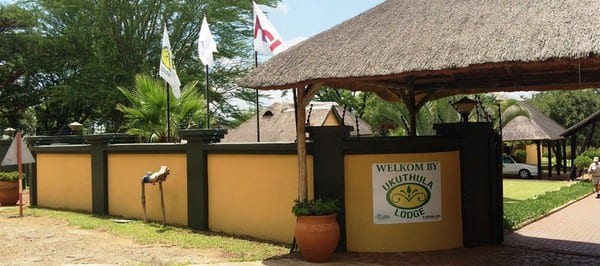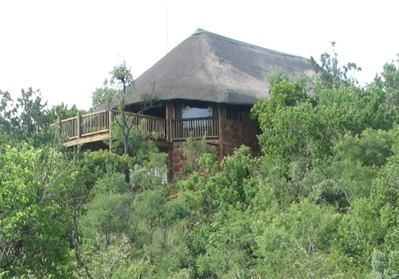South Africa’s most northerly province is also its wildest. Extending into the tropics, Limpopo is perfect for the growing of sub-tropical crops such as avocados, litchis, mangos, macadamia nuts and citrus fruits. It is also renowned for its extensive cattle ranches but vast areas of the province, in the Lowveld and in the more inaccessible mountain areas, are unsuitable for cattle and most o
South Africa’s most northerly province is also its wildest. Extending into the tropics, Limpopo is perfect for the growing of sub-tropical crops such as avocados, litchis, mangos, macadamia nuts and citrus fruits. It is also renowned for its extensive cattle ranches but vast areas of the province, in the Lowveld and in the more inaccessible mountain areas, are unsuitable for cattle and most other farming, which is a blessing.
Limpopo is characterised by large sections of Lowveld with baobab trees, mopani forest and a spectacular faunal assemblage including the big five. But it’s the deep, inaccessible, misty, mysterious and mythical mountains that give this province its unique character. The Drakensberg reaches its northern extremity in the Wolkberg Wilderness Area, which offers wonderful hiking for experienced mountaineers. And, far to the west, the Blouberg offers serious climbers long and challenging routes on nice solid quartzite. But it’s the Waterberg and the Soutpansberg, or Vhembe Mountains, that stand out.
The Waterberg, which rises from the surrounding plain like a hippo standing up in a shallow pool, is the centre of a biosphere reserve that conserves some fabulous wilderness areas as well as the cultural landscape of an interesting farming area.
The Soutpansberg, which was named after a salt pan that has been mined for centuries, is in the middle of an area with fascinating cultural and archaeological attractions. Here the mystic Thathe Vondo Forest shelters the ancestors and spirits of the Venda people, guarding them with sacred and mythical animals. Deep within this forest is the possibly even more magical Lake Fundudzi with its resident python spirit which young maidens honour regularly by performing a sinuous ritual dance. North of here, the world heritage site of Mapungubwe has been incorporated into a national park, as well as a transfrontier conservation area that straddles Botswana and Zimbabwe.
And, further south, Magoebaskloof, which has also – ominously – been called Duiwelskloof (Devil’s Gorge), cuts through another fabulous mountain with more wonderful unspoiled indigenous forests, through which you can hike. And, not far from there, Modjaji, the legendary rain queen of the Lobedu people, guards a sacred forest of ancient cycads, some of which are thousands of years old. And, also close by, the world’s biggest and probably oldest baobab tree has been converted into a pub.
To the east is the Kruger National Park where a vast number of animals roam in their natural environment, and freely cross over the border into Mozambique.



